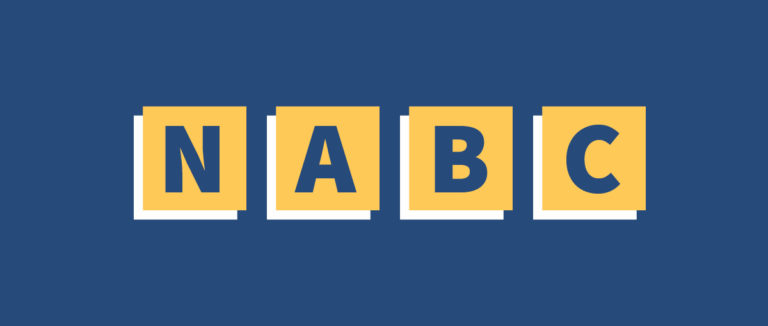Exploring. Imagining. Trying.
It’s time to get serious in your entrepreneurial journey. It’s no time to go it alone.
Look, I don’t really know where we should take this bus. But I know this much: If we get the right people on the bus, the right people in the right seats, and the wrong people off the bus, then we’ll figure out how to take it someplace great.
– Jim Collins, Good To Great


Plans are useless but planning is indispensable.
– Dwight D. Eisenhower
The second Entrepreneurial Action Level, Making Plans and Gathering the Clans, is all about figuring out with whom, with what, and how you will work with to create value, deliver it to your customers, and observe what they do with it. Working at Level 2 doesn’t mean an intellectual exercise in planning and organizing. It calls for an active exploration of ideas, opportunities, approaches, … it is time for taking “side trails” and doing things you might not even expect to turn out. It is time for exploring, imagining, and trying in all those dimensions: who, what, and how.
The Video
In this episode of the Whatever The Heck That Means on YouTube we take a deeper dive into the second level of the Entrepreneurial Action Levels framework: Making Plans and Gathering the Clans.
Some Actions To Take
Here are some actions you should take while operating at Level 2:
- Get out of the building! Talk to and observe your prospective customers in their “natural environments”.
- Network. Talk to other business owners and interesting people.
- Create artifacts that you can show, give, and even sell, to (prospective) customers to find out what value is in them.
Some Questions To Ask Yourself
Here are some questions that might help you determine that you need to spend some time Making Plans and Gathering the Clans:
- Who will I work with? (partners, internal and external)
- Who will I serve? (customers)
- What do those customers need?
- What are they dissatisfied with?
- How can I affordably test my ideas for delivering value? And what do the results of those tests mean?

Examples to Learn From
Let’s take a look at some Economics for Business resources that may help you take action to answer the call.
Exploring
In E4B podcast episode 113, Jacqui Boland shares her journey. From being “a new mom in a new and unfamiliar city”. To selling her company to a much larger firm.
And it all started with exploring. Not for an idea for a business she could start, but for a solution to a personal need. And as she explored, she found others shared this need and the potential for a business emerged.
Imagining
In E4B podcast episode 151, Mark Packard explains how such a “fuzzy” concept as “imagination” is actually a robust business tool.
With your imagination you can use your brain as a supercomputer to simulate what the world will be like with your innovation. With additional tools you can get your partners, employees, investors, and customers to engage in the simulation process with you.
Trying
In E4B podcast episode 37, Curt Carlson explains the simple business case tool developed while he was President of SRI International. The simplicity of the NABC model encourages teams to get started. Yet at the same time it forces a depth of thought that is easily deferred by teams that see “obvious” to-dos for product development.
Beginning with the simple Needs, Approach, Benefits per costs, Competition framework, sets you on a path of trying and iteration. Iteration with many collaborators: partners, employees, customers, investors … is what will get you most quickly to a business that creates value for everyone.
As we continue to develop these Entrepreneurial Action Levels, your feedback, good and ill, is very much appreciated. Please watch the video in full and comment with your thoughts there, on this post, or directly through LinkedIn or the Simbiotrek (sim-bē-‘ä-‘trek) website. I look forward to hearing from you and hope that you found some of the specific questions and actions helpful too.



1 comment so far